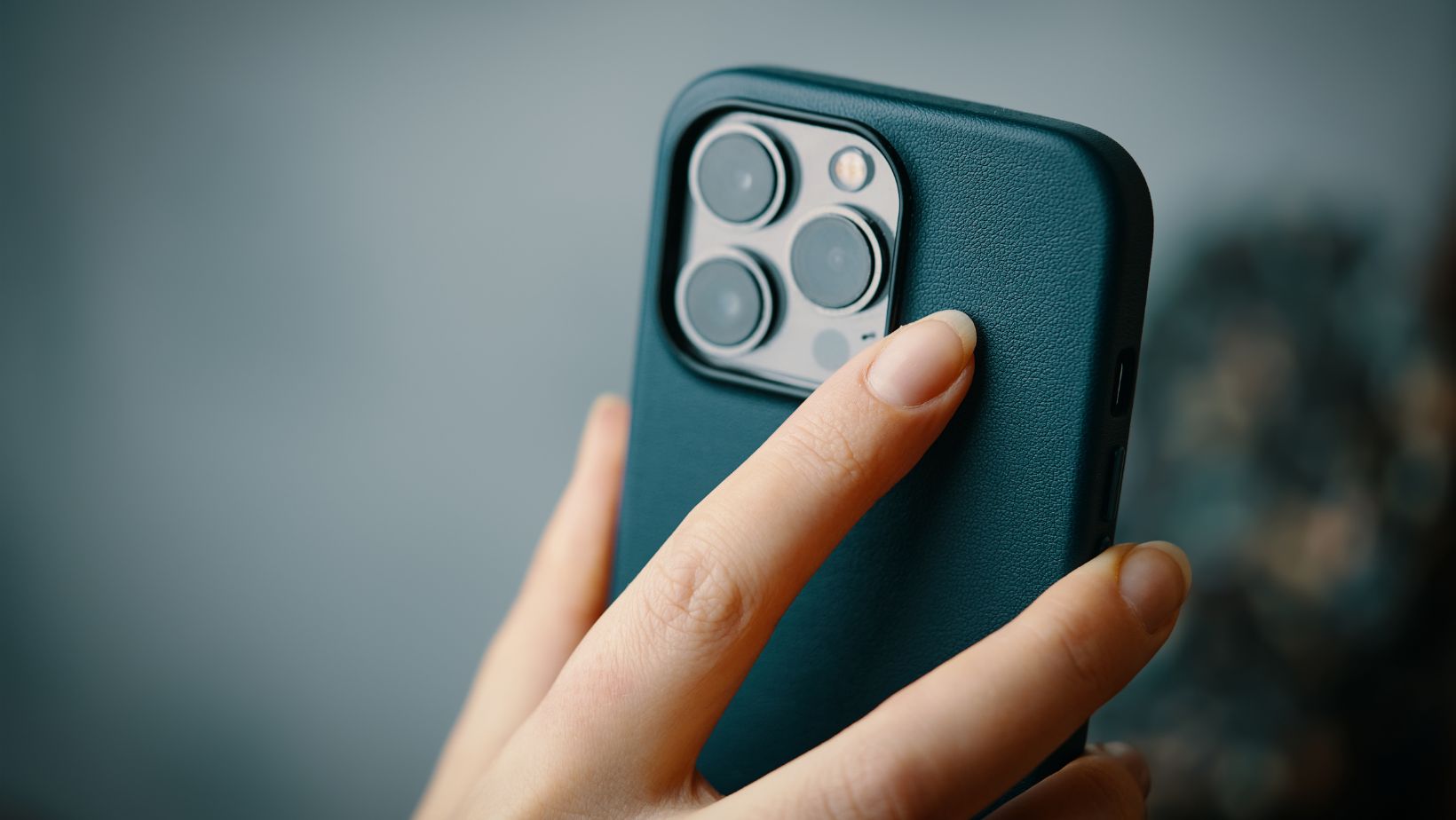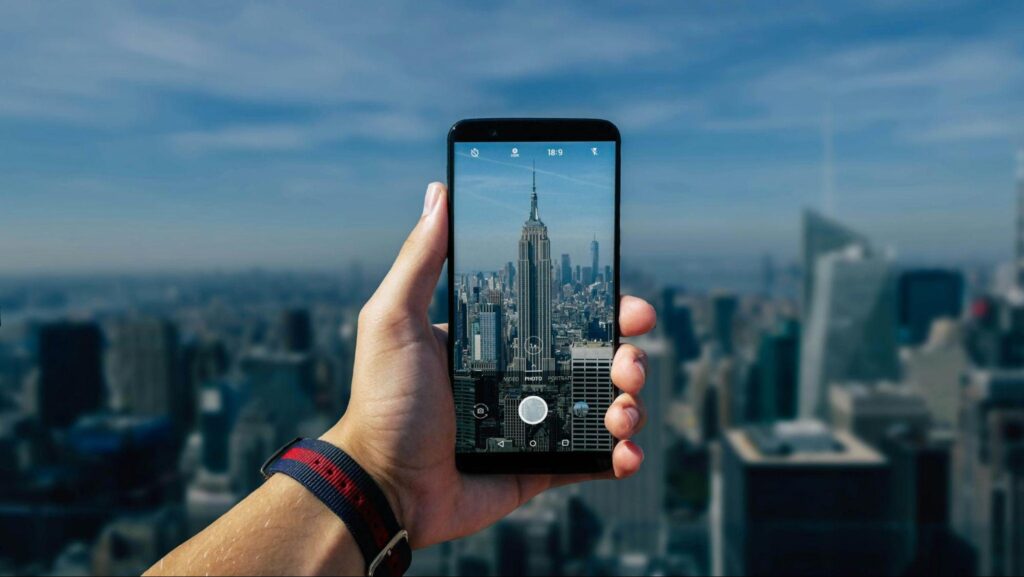Even though we all have phones with high-grade cameras, not everyone knows how to take quality images. Learning how to take action photos on iPhone can help you do more than just express yourself better.
Mastering smartphone photography involves overcoming many challenges, like blurry pictures on an iPhone. Thus, understanding how to fix blurry pictures on iPhone is vital to ensuring that your images are clear. Blurry photographs can arise for a variety of causes, including excessive hand movement, improper focus, or bad lighting. To solve this on your iPhone, start by cleaning the camera lens. To fix this on your iPhone, first clean the camera lens. A dirty lens can give images a fuzzy appearance. When you’re ready to snap a photo, simply press the desired location on the screen to bring the camera into focus. This aids in precisely locating sharp objects on your iPhone.
Try taking multiple fast shots while holding down the shutter button if your images are still grainy. This technique, known as burst mode, can help you get a sharp picture even when objects are moving. Additionally, maintaining a steady phone might have a significant impact. You can use a little tripod or both hands to hold your phone in order to accomplish this. You can use your iPhone to take clear, sharp pictures by following these easy instructions.
7 iPhone Photography Tips You Need to Know
Excellent iPhone photography is about more than just composition. A basic understanding of some of the technological components that convert a shutter click into a picture is also beneficial. So, let’s explore the iPhone photography tips for beginners:
Shift Your Outlook
When we first start shooting photos, it’s natural to click them from the same perspective as we perceive the word. Try to capture shots from different angles than your usual standing or sitting stance. You can accomplish this by photographing your topic from a low or high angle. Low-angle images are excellent for adding a distinctive touch to iPhone product photography. They are effective when you have a single subject that is too large to fit within the frame up close.
Examine Details in Close-up Photos
The goal of excellent photography is to present the world to viewers in a fresh way. Taking close-up photos can give commonplace objects an unusual appearance. You can check the details in your subject that can be missed from a distance, such as intriguing colors, textures, or patterns.
Activate the Rule of Thirds Grid
The rule of thirds is a basic iPhone photography tip. This rule creates a three-by-three grid in the image field.

More visually striking photos are produced when the major subjects of your shot are arranged in this manner.
Experiment With Symmetry
Our brains prefer a small amount of symmetry. Eye-catching compositions often feature uneven items on opposite sides of the frame to create a sense of balance. This technique adds structure to your picture without being overly formulaic.
Give it a Sense of Depth
Initially, while we are learning how to take a picture, we often consider the frame in two dimensions. However, our eyes enjoy being misled into perceiving depth in flat objects, such as photographs. You can make the most of this by giving your composition a strong sense of depth. Leading lines can be used for that, as we just saw, but there are other options as well.
Select the Appropriate Orientation
Although it may seem easy to decide between landscape and portrait orientation, there are a few factors to consider.
When you want to maintain the viewer’s attention on the subject, portrait orientation works well. Other contexts where portrait orientation works best are full-body and fashion photography.
When shooting landscapes or other huge subjects, landscape orientation works best. You have greater space to arrange visual components horizontally with this configuration.
Set the Camera Timer for Steady Shots
Use the camera timer for more than simply hands-free selfies. It enables you to take any type of picture with both hands still on the camera when the shutter is open. This technique is most effective for photographing motionless subjects.

Additionally, you may take pictures with your iPhone by using the side volume buttons. When taking photos of more dynamic subjects, this technique helps you maintain a steady hand even though it could be more stable than using a timer.
The smartphone brings endless creative options for taking pictures. You can capture your life’s moments when you have a camera in your pocket. Thus, you must learn this smartphone guide to photography and practice regularly. Whether you’re a novice photographer or a pro, shooting a family gathering or ordinary occurrences, your smartphone may be an invaluable tool in helping you capture and store memories for years to come!


